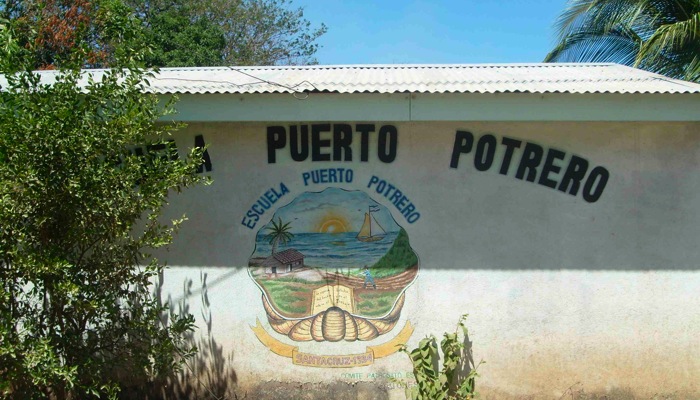
Education
When I asked our condo guard about the local school schedule, he explained there were two shifts, starting at 7 am and each about 4.5 hours long. He then commented: all my daughters attended the local school and it’s very good, the teachers are excellent. His pride in the educational system of Costa Rica is common among the general population. Costa Ricans are proud of their high literacy rate (95%, as opposed to 68% in neighboring Nicaragua), of spending close to 30% of their national budget on education (which is possible because they have no army to support), and that there are more teachers than policemen. This small country was founded by former teachers, among them Dr. José María Castro Madriz, who believed in the importance of education as a means to solidify national identity and consolidate social classes. In 1858, education was declared obligatory for all social classes and gender. In 1869, Costa Rica became one of the first countries in the world to make elementary education both mandatory and free. The result: In 1880 only about 10% of adults could read; twenty years later, 40% did, and by 1950, 80%. Today, social position and income are determined by the level of education, not by ethnicity or birth rights as is the case in other Latin American countries. The importance given to education has helped individuals and the country as a whole to progress and achieve a high standard of living (recently ranked 1st in Latin America in the Life Satisfaction Index published by Inter-American Development Bank).
Friday, February 20, 2009